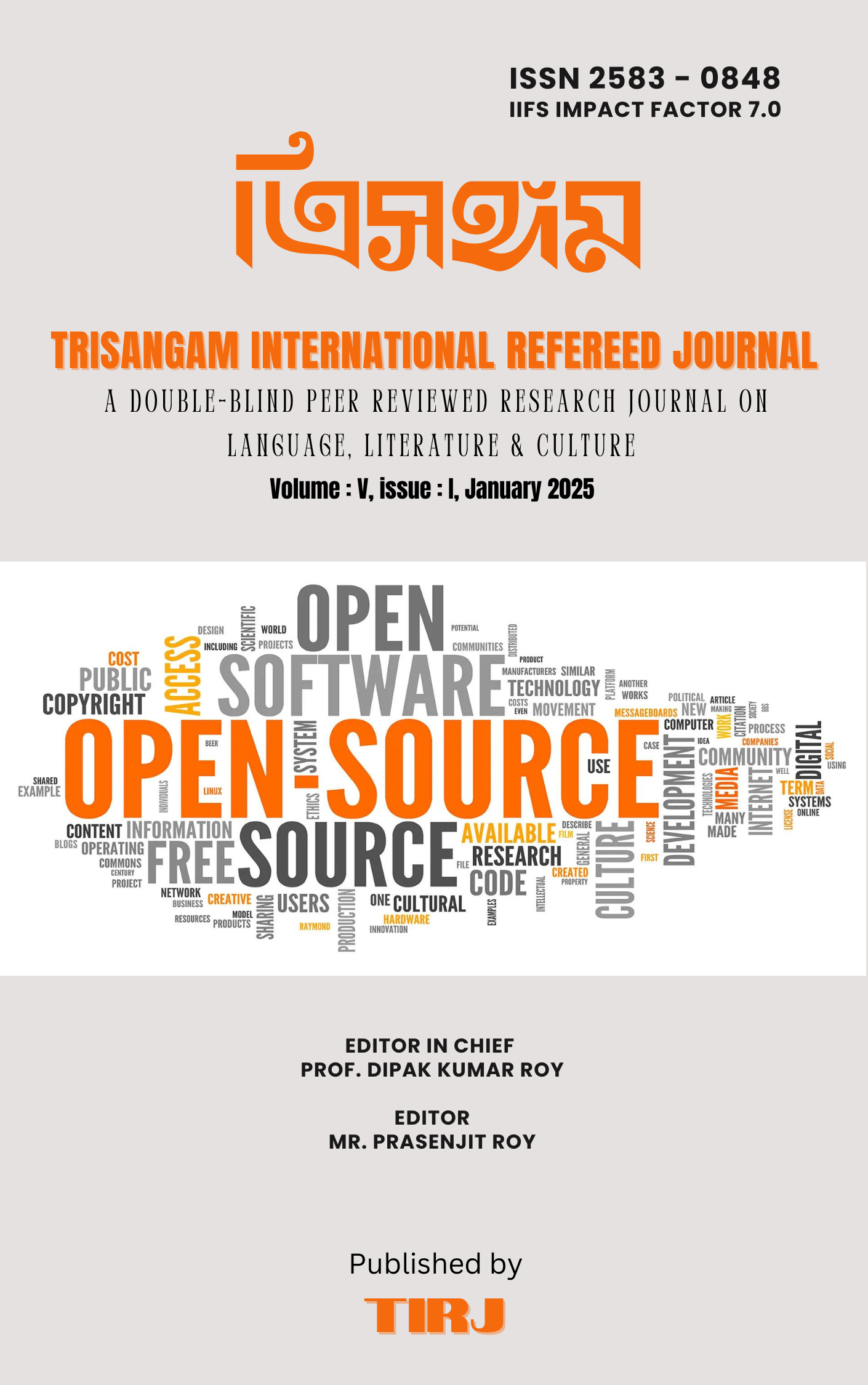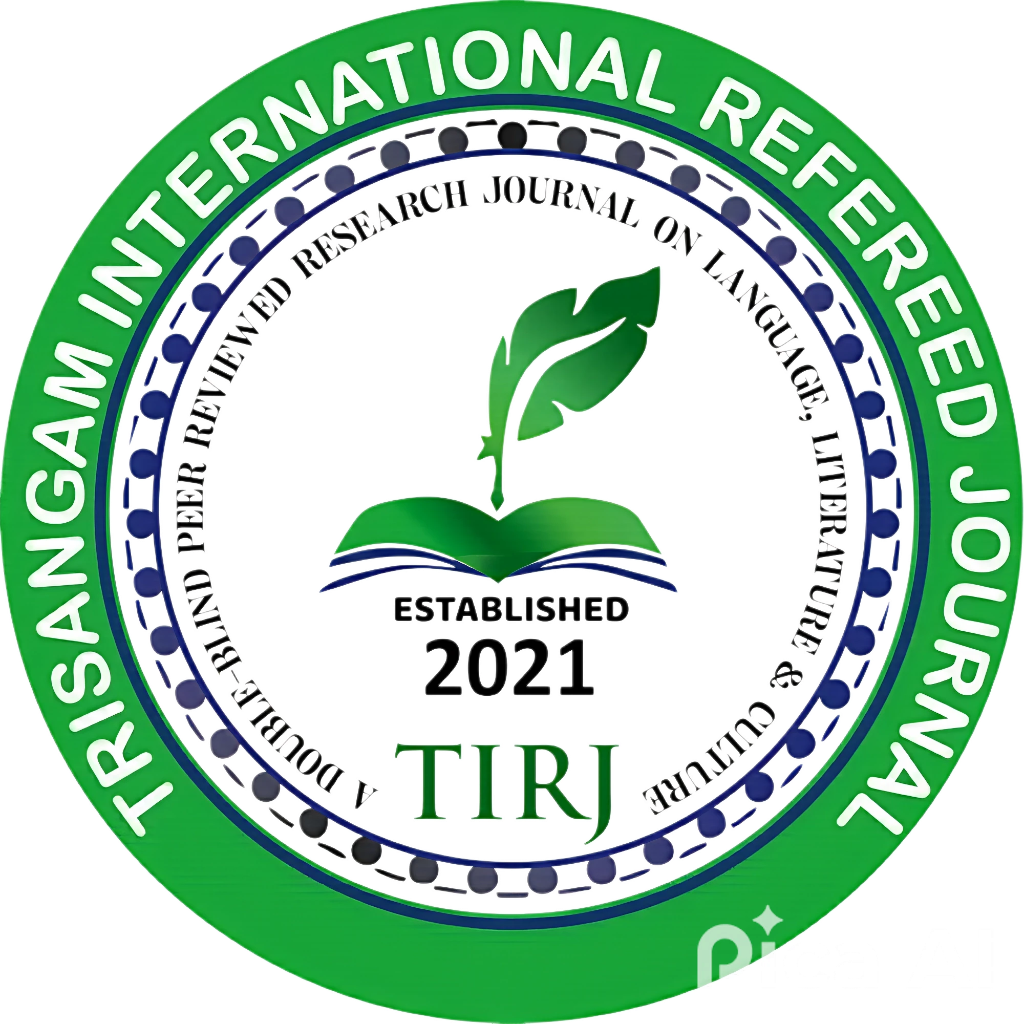The protestant folk religion of Bengal: In the context of the Balahari Sects/ বাংলার প্রতিবাদী লোকোধর্ম : প্রসঙ্গ বলাহাড়ি সম্প্রদায়
Keywords:
- Balahari,
- protests,
- opposing,
- culture,
- Bankura,
- Purulia,
- Murshidabad,
- Balaram
Abstract
The middle of the 18th century saw several folk religions to have heaved in sight to a larger extent in different parts of Bengal, and many of them amongst themselves displayed strong flavour of protests or disagreements that arose primarily depending on religious principles in multiple ways. Nihar Ranjan Ray, in his report presented to the National Congress Session in 1975, called attention to, with enough and perceivable pellucidity, these protestant characters he observed in the folk religions of that time. An ideal example of such a folk religion, that distinctively marked it out to be a protestant one, is Balahari, or Balarami, or Balaram Bhaja religious community. This religious sect was given its congregated formation by the Hari community in the region of Meherpur, located in the district of undivided Nadia, under the leadership of Balaram Hari. Later on, present day Nischintapur of Nadia district turned out to be one of the biggest centers of this religious sect. Bankura, Purulia, and Murshidabad as well gradually came under a massive influence of this religious community and their evidently distinctive religious perspectives. Around 1780, Balaram Hari took his holy birth, and he took his last breath around 1850. The Hari community and their distinctive religious perspectives established their erect heads, that patently displayed its religious sway in different geographical locations, fundamentally through opposing Vaishnavism and specifically Brahmin religious culture. That is why, in their religious culture one can easily trace their force of oppositions in several ways, specifically with respect to religious rituals, principles and practices of worship. The Hari community does not allow and accept the use of Dip, Dhup, Dhuna, Tulsi and Tilak and even Gangaajal while maintaining any religious creed and custom. And this essentially unique and rudimentarily unmixed religious perspective provides the Hari community with a separate recognition.
Downloads
References
১. দত্ত, অক্ষয়কুমার, ভারতবর্ষীয় উপাসক সম্প্রদায় (প্রথম ও দ্বিতীয় ভাগ), বিনয় ঘোষ (সম্পা), পাঠভবন, কলকাতা, ১৩৭৬ বঙ্গাব্দ, পৃ. ১৩৭
২. বসু, নগেন্দ্রনাথ (সম্পাদিত), বিশ্বকোষ(দ্বাদশ খণ্ড), বি আর পাবলিশিং কর্পোরেশন, দিল্লী, ১৯৮৮, পৃ. ৬২২
৩. দত্ত, অক্ষয়কুমার, বিনয় ঘোষ (সম্পা), প্রাগুক্ত, পৃ. ১৩৭
৪. চক্রবর্তী, সুধীর, প্রাগুক্ত, পৃ. ৪০
৫. ভট্টাচার্য, যোগেন্দ্রনাথ, হিন্দু কাস্ট অ্যান্ড সেক্টস, থ্যাকার স্পিঙ্ক অ্যান্ড কোঃ, কলকাতা, ১৮৯৬, পৃ. ৪৯৩
৬. চক্রবর্তী, সুধীর, প্রাগুক্ত, পৃ. ৪০
৭. দত্ত, অক্ষয়কুমার, বিনয় ঘোষ (সম্পা), প্রাগুক্ত, পৃ. ১৩৭
৮. রায়, দীনেন্দ্রকুমার, সেকালের স্মৃতি, নাভানা, কলকাতা, ১৯৫৩, পৃ. ২২
৯. তদেব, পৃ. পৃ. ২৩-২৪
১০. ভট্টাচার্য, যোগেন্দ্রনাথ, প্রাগুক্ত, পৃ. ৪৯৩
১১. তদেব, পৃ. ৪৯৩
১২. খান, মো. আলতাফ হোসেন, শামসুজ্জামান, আমিনুর রহমান সুলতান, (সম্পাদনায়), বাংলা একাডেমী বাংলাদেশের লোকজ সংস্কৃতি গ্রন্থমালা মেহেরপুর, বাংলা একাডেমী, ঢাকা, ২০১৩, পৃ. ২৩৫
১৩. চক্রবর্তী, সুধীর, প্রাগুক্ত, পৃ. ১০১
১৪. চক্রবর্তী, সুধীর, প্রাগুক্ত, পৃ. ২৭
১৫. চক্রবর্তী, সুধীর, প্রাগুক্ত, পৃ. ২৭
১৬. তদেব, পৃ. ৬১
১৭. তদেব, পৃ. ৬৯
১৮. বন্ধ্যোপাধ্যায়, শেখর ও দাশগুপ্ত, অভিজিৎ (সম্পাদনা), জাতি, বর্ণ ও সমাজ, ইন্টারন্যাশনাল সেন্টার ফর বেঙ্গল স্টাডিস, দিল্লি, ১৯৯৮, পৃ. পৃ. ৮৮-৮৯
১৯. চক্রবর্তী, সুধীর, বাংলার গৌণধর্ম সাহেবধনী ও বলাহাড়ি, পুস্তক বিপণি, কলকাতা, ২০০৩, পৃ. ১০১
২০. খান, শামসুজ্জামান ও হোসেন মো. আলতাফ (সম্পাদনায়), বাংলা একাডেমী বাংলাদেশের লোকজ সংস্কৃতি গ্রন্থমালা মেহেরপুর, আমিনুর রহমান সুলতান, বাংলা একাডেমী, ঢাকা, ২০১৩, পৃ. ১৬৫।
২১. তদেব, পৃ. ২৩৫
২২. আয়ম, তোজাম্মেল, মেহেরপুর জেলার ইতিহাস-ঐতিহ্য, গতিধারা, বাংলা বাজার, ঢাকা, ২০০৯, পৃ. ৫৯
২৩. খান, শামসুজ্জামান ও হোসেন, মো. আলতাফ (সম্পাদনায়), প্রাগুক্ত, পৃ. ২৩৫
২৪. চক্রবর্তী, সুধীর, বাংলার গৌণধর্ম সাহেবধনী ও বলাহাড়ি, পুস্তক বিপণি, কলকাতা, ২০০৩, পৃ. পৃ. ১০৩-০৪
২৫. তদেব, পৃ. ১৪৬
২৬. সরকার, সোমব্রোত, কর্তাভজা, দেহবাদ, লোকতন্ত্র, অণেষা প্রকাশন, ঢাকা, ২০১৯, পৃ. ২৮৪
২৭. চক্রবর্তী, সুধীর, বাংলার গৌণধর্ম সাহেবধনী ও বলাহাড়ি, পুস্তক বিপণি, কলকাতা, ২০০৩, পৃ. ১২৮
২৮. তদেব, পৃ. ১০১
২৯. ভট্টাচার্য, যোগেন্দ্রনাথ, হিন্দু কাস্ট অ্যান্ড সেক্তস, স্পিঙ্ক অ্যান্ড কোঃ, কলকাতা, ১৮৯৬, পৃ. ৪৮৩






